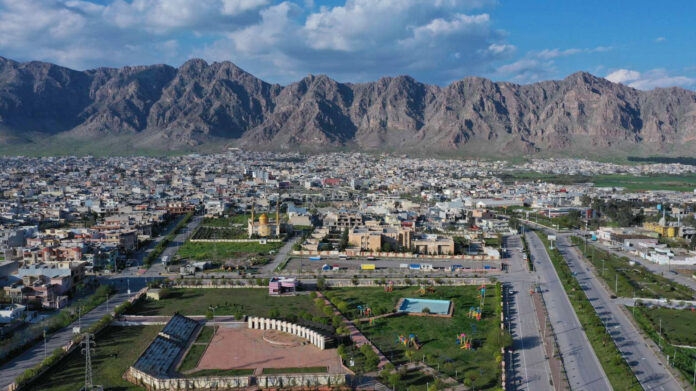Drought in Harir and Batas Plains has created a severe crisis for farmers. The plains, known for fertile soil and rice crops, now suffer from water shortages. As a result, cattle graze in rice fields instead of farmers harvesting crops.
Farmers reported that dozens of streams and springs dried up. Therefore, they abandoned their rice paddies. One farmer said he planted 12 tons of cotton, known locally as “pushk,” but lost nearly all of it.
Animals grazing in rice fields show the depth of the disaster. Landowners even asked herders to use the land. The lack of water forced them to make that decision.
Rice needs irrigation most during the growing season. However, about 30 rice fields covering nearly 200 acres lost their water sources. Consequently, the harvest failed before reaching maturity.
The crisis also damaged other crops. In addition, many wheat and barley fields remained unharvested this year. Summer fruits such as raspberries dried up quickly. Farmers said they lost at least 30 percent of wheat and barley because of the drought.
Rice growers in Batas, the main production center, gave up farming. Investigations showed that about 30 families abandoned cultivation because wells no longer provided water.
The Harir and Batas plains cover 100,374 acres of farmland. Farmers allocated 450 acres for rice. Normally, the region produced 600 tons of rice each year. However, the Harir Agriculture Directorate expects production to drop to 400 tons this year.
Drought in Harir and Batas Plains has therefore caused major agricultural losses. Farmers now face both economic and food security challenges. Still, local officials believe better water management could protect fertile lands. They also hope future reforms will support farmers and prevent similar crises.


